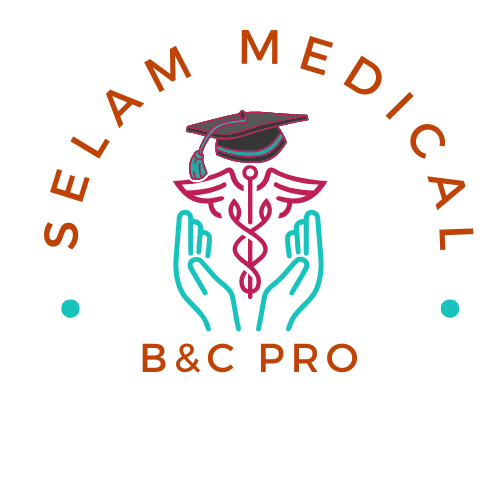A. ICD-10 (International Classification of Diseases, 10th Revision) (10 minutes)
- Purpose: Diagnostic coding for diseases, injuries, and conditions.
- Structure: Alphanumeric codes, including chapters, sections, and categories.
- Application: Used to report diagnoses on healthcare claims.
- Explain the difference between ICD-10-CM, and ICD-10-PCS.
- Provide examples of common ICD-10 codes.
B. CPT (Current Procedural Terminology) (10 minutes)
- Purpose: Procedural coding for medical, surgical, and diagnostic services.
- Structure: Numeric codes, including categories and modifiers.
- Application: Used to report services performed by healthcare providers.
- Explain the three categories of CPT codes.
- Provide examples of common CPT codes.
C. HCPCS (Healthcare Common Procedure Coding System) (10 minutes)
- Purpose: Coding for products, supplies, and services not covered by CPT.
- Structure: Alphanumeric codes, including Level I (CPT) and Level II (national codes).
- Application: Used to report durable medical equipment, medications, and other services.
- Explain the difference between level I and Level II HCPCS codes.
- Provide examples of common HCPCS codes.
